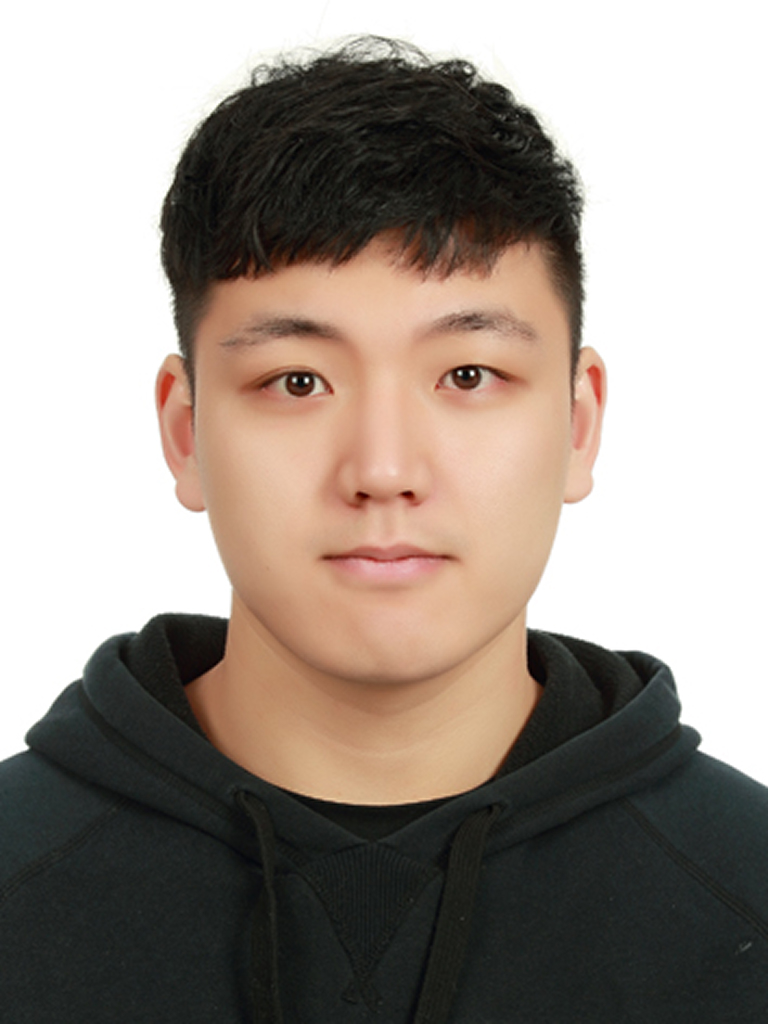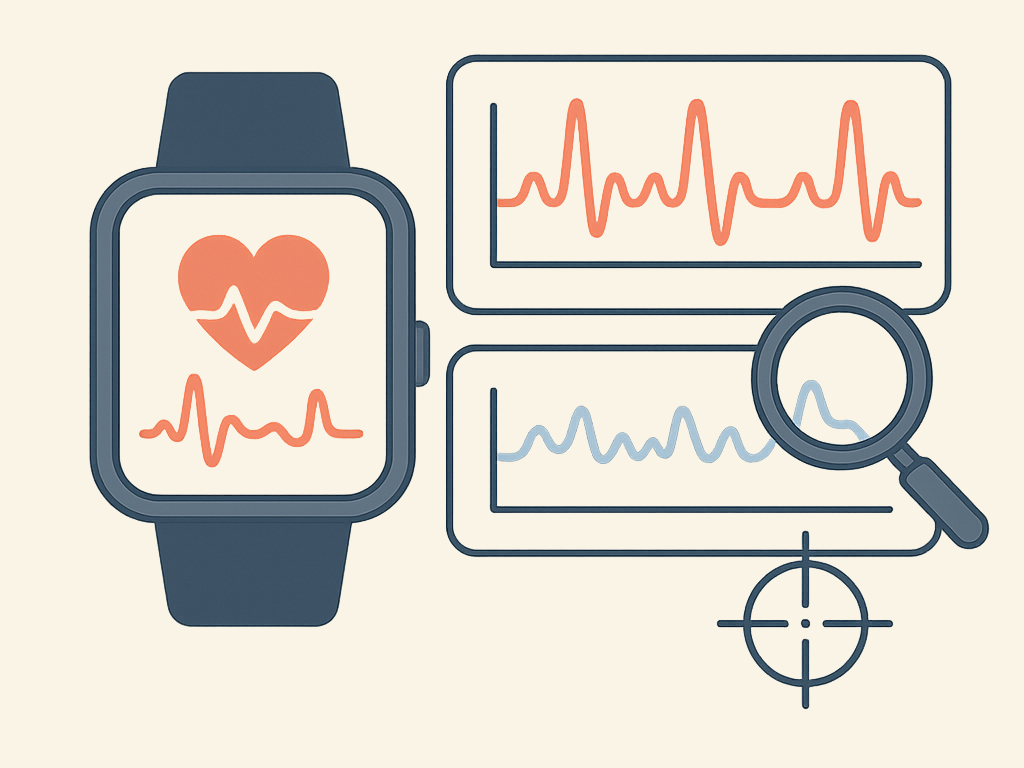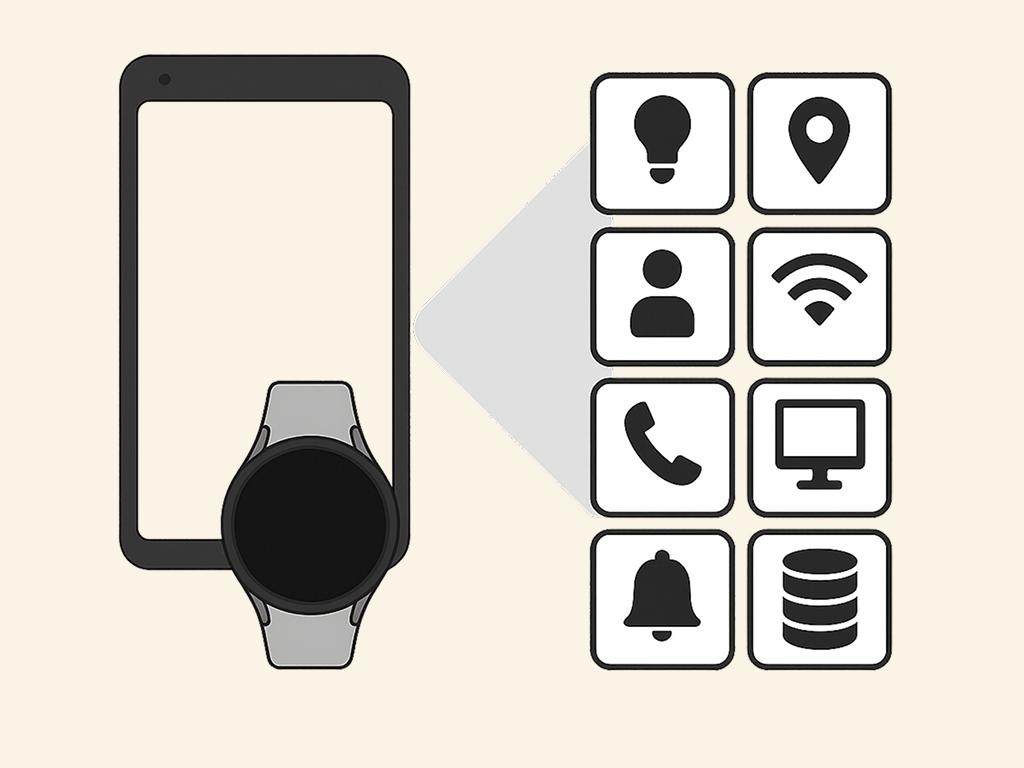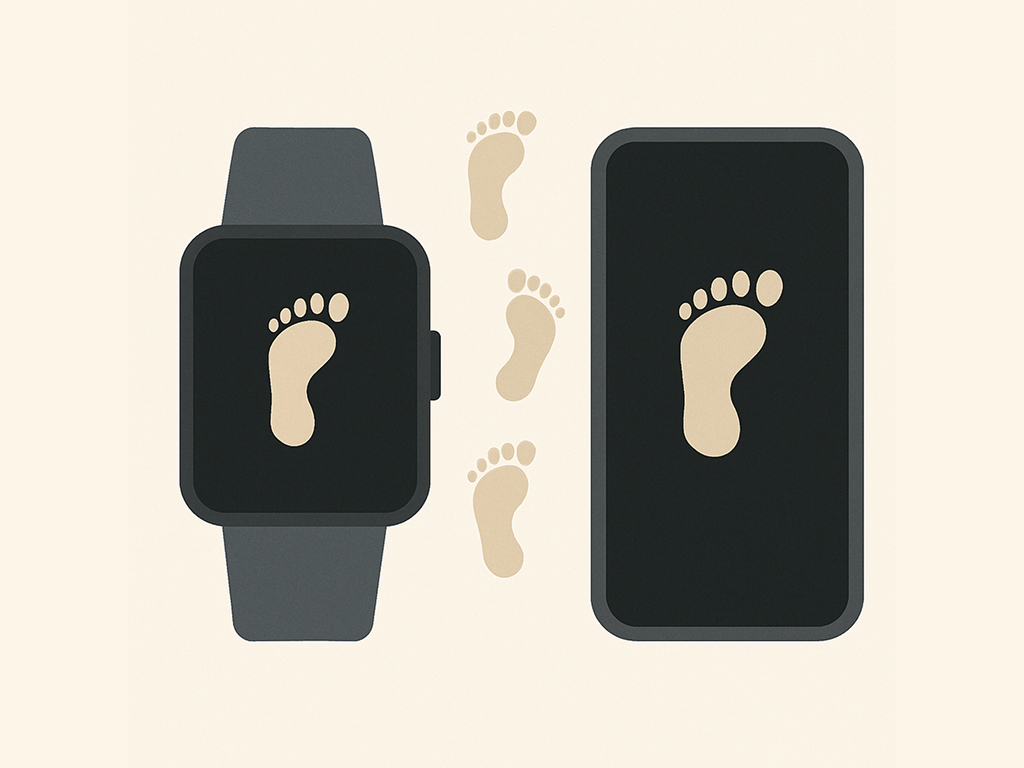
Sangjun Park
CVI am a second year Ph.D. student in the School of Computing at KAIST.
My research interests span Human-Computer Interaction (HCI) and eXplainable AI (XAI). In particular, I'm willing to focus on how AI models can enhance decision-making by effectively adapting to the user’s way of thinking and leveraging personal context. This includes exploring how these models should explain their inner workings, and what kinds of structures best support transparency and effectiveness.
While this represents my primary research interest, I remain enthusiastic about exploring interdisciplinary collaborations and related research domains. If you're interested in my research or would like to connect, feel free to reach out anytime! 🤗
Projects

Reliable PPG for Daily Health
PPG (photoplethysmography) signals can be used to track various physiological indicators, such as heart rate and stress levels. To enable their use in daily life and clinical monitoring, motion artifacts must be effectively removed, and the extraction of each signal must be clearly explained. This study explores methods to address these challenges.

Making Mobile Sensing Easier
In various research fields, including Digital Phenotyping and Context-aware Computing, collecting user data through mobile sensing is essential but often complex and burdensome. This complexity can hinder data sharing and utilization. This study explores ways to support more efficient data collection and management to address these challenges.

Causal Inference for DTx
Digital therapeutics are emerging as alternatives to traditional drugs, especially for managing chronic diseases, but their continuous interaction in daily life makes traditional evaluation methods such as randomized controlled trials (RCTs) difficult to apply; thus, this study explores statistical causal inference methods using observational data as an alternative.

Carrying & Wearing
This project focuses on the fact that data loss can occur depending on user behavior, which may vary according to the type of device used. It means that data collected through different devices—such as wearable devices like smartwatches (i.e., wearing) and mobile devices like smartphones (i.e., carrying)—can also differ. We explore these differences by conducting both quantitative and qualitative analyses of step count data.
Publications
Conference / Journal
Scientific Data 12 (1), 1-13, 2025
Sangjun Park, Dejiang Zheng, Uichin Lee
[doi]
Proceedings of the 2024 CHI Conference on Human Factors in Computing Systems
Gyuwon Jung, Sangjun Park, Uichin Lee
[doi]
ACM Computing Surveys 56 (9), 1-33, 2024
Gyuwon Jung, Sangjun Park, Eunyeol Ma, Heeyoung Kim, Uichin Lee
[doi]
Workshop / Poster
Extended Abstracts of the 2023 CHI Conference on Human Factors in Computing Systems
Sangjun Park, Chanhee Lee, Jieun Han, Uichin Lee
[doi][poster][video]
IEEE International Conference on Big Data and Smart Computing (BigComp), 2023
Uichin Lee, Gyuwon Jung, Sangjun Park, Eunyeol Ma, Heeyoung Kim, Yonggeon Lee, Youngtae Noh
[doi]
IEEE International Conference on Big Data and Smart Computing (BigComp), 2023
Sangjun Park, Eunji Park, Paul H Lee, Uichin Lee
[doi]
IEEE International Conference on Big Data and Smart Computing (BigComp), 2023
Gyuwon Jung, Sangjun Park, Uichin Lee, Eunyeol Ma, Heeyoung Kim
[doi]